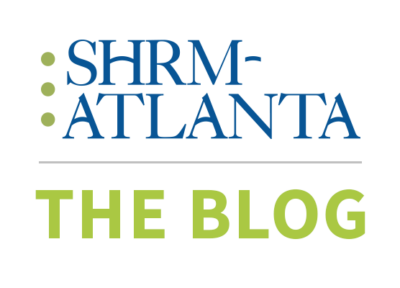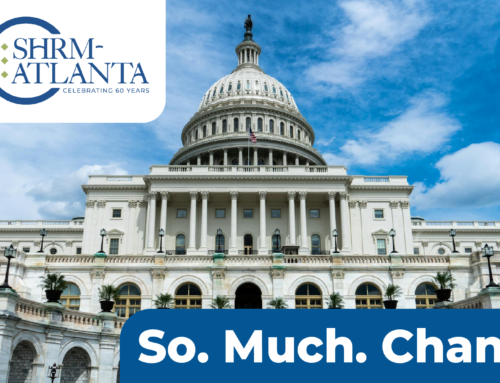If you plan on starting a job with a new employer soon, you will have to decide what to do with any assets currently in your former employer’s retirement plan. You will have several choices. The following information may help you make a smart choice. Here are the primary options you will have:
Withdraw it.
If you have saved pre-tax monies in your former employer’s retirement plan, you will have to pay income taxes and a 10% early withdrawal penalty if you are under age 59½ and wish to withdraw the balance. If you are over age 59½, you may take a withdrawal penalty-free; however, income taxes will still apply. Whatever remains after applicable taxes will then be yours to spend. This can set you back significantly when it comes to saving for retirement, however.
Leave the money where it is.
If your former employer permits it, you can opt to leave the money in the plan. Choosing this option lets you avoid a current tax bill and a possible penalty and it keeps your money working for you.
Move it to a new plan.
Moving your money to your new employer’s plan (if it accepts rollovers) is another option. You avoid taxes, a possible penalty and keep your money working for your retirement. The administrator of your current plan must transfer the money directly to the administrator of your new plan to maintain your money’s tax-deferred status.
Roll it over to an IRA.
Moving your money to an individual retirement account (IRA) in a direct transfer avoids tax withholding and a possible penalty.
Deciding on the most appropriate way to handle a retirement plan distribution can be difficult. A financial professional can help explain your options in more detail.




